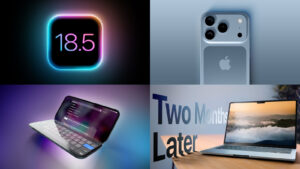So how did the Apple Card fare in its first year? — Apple World Today
[ad_1]
![]()
° Customer service: Apple Card’s Customer Assistance Program has excelled during the pandemic, as upon request, cardholders have been able to skip payments without interest, potentially for many months in a row. Apple Card’s intention of being a kinder, gentler credit card with no fees, the ease of contacting customer service via text message or phone call, and tools to encourage customers to pay less in interest has shown its value in 2020.
° Expanded rewards: When Apple Card was first announced, its only 3% cash back merchant was Apple itself, but the list has been expanded to include Apple, Duane Reade, Exxon, Mobil, Nike, Panera Bread, T-Mobile, Uber, Uber Eats and Walgreens. In blending the 3% merchants, 2% Apple Pay rewards, and 1% physical card return, most Apple Card users may end up below 2% on average, which lags cards that extend 2% cash back on all purchases. After offering modest welcome bonuses this summer that have now lapsed, higher payouts may be a worthwhile move in the future.
° Year in review: While Apple Card does not offer the best rewards or highest sign-up bonuses, and does not have the lowest interest rates, it does accept a wider range of credit scores than most credit cards and is especially well-suited for a young, tech-savvy audience that is just starting out with credit cards, as well as for Apple aficionados. The hope for Apple and partner Goldman Sachs is to hook this group early and grow with them, including offerings such as phones, entertainment subscriptions, savings accounts, personal loans and peer-to-peer payments.
[ad_2]
Source link



